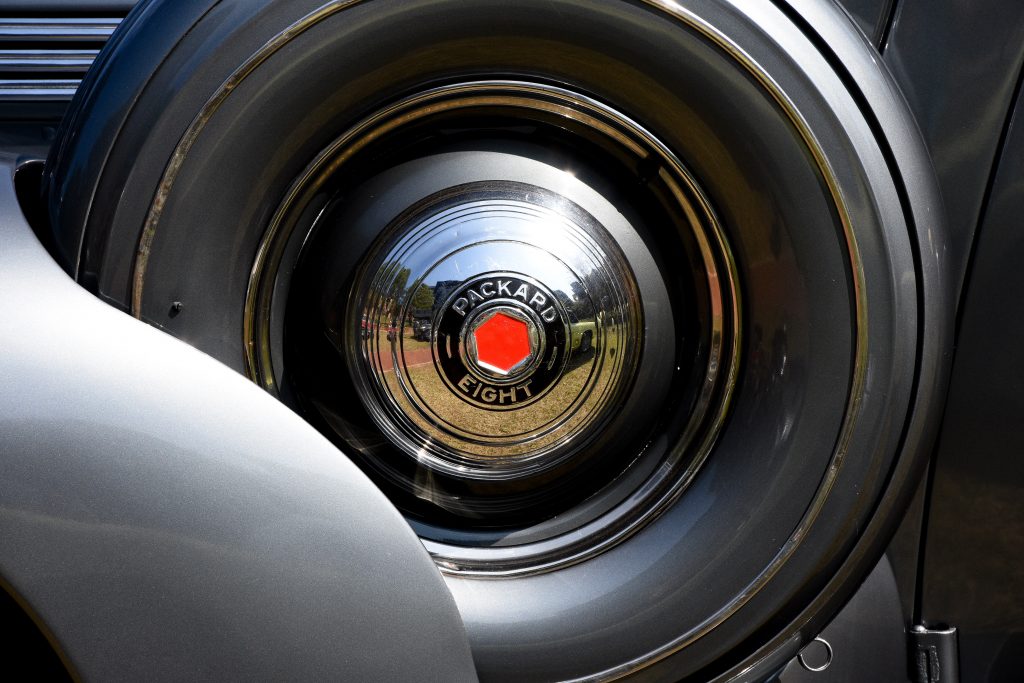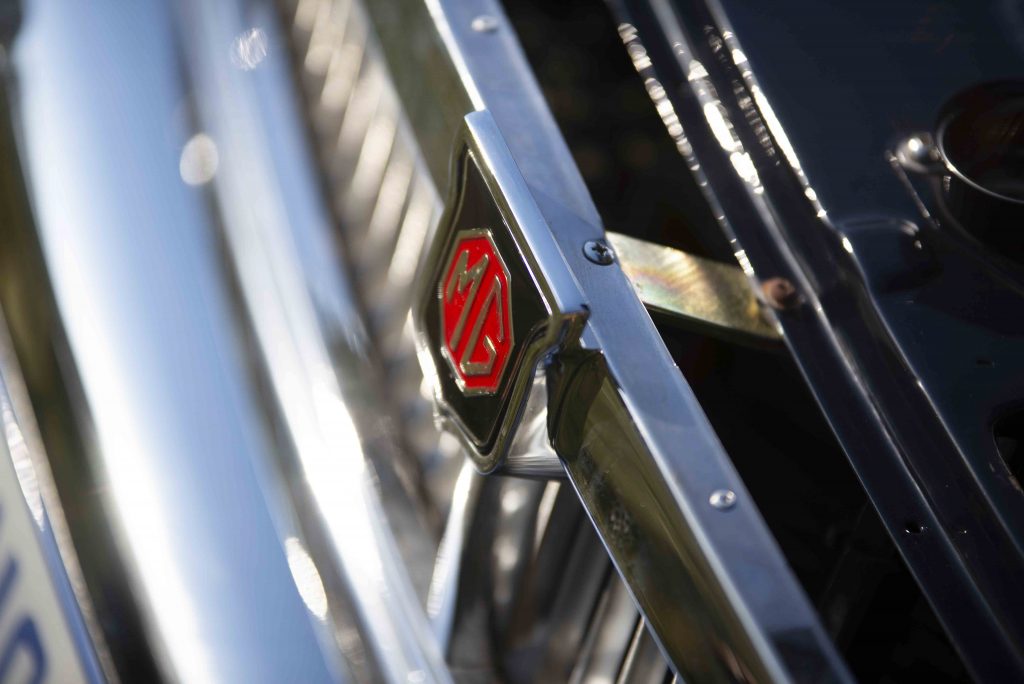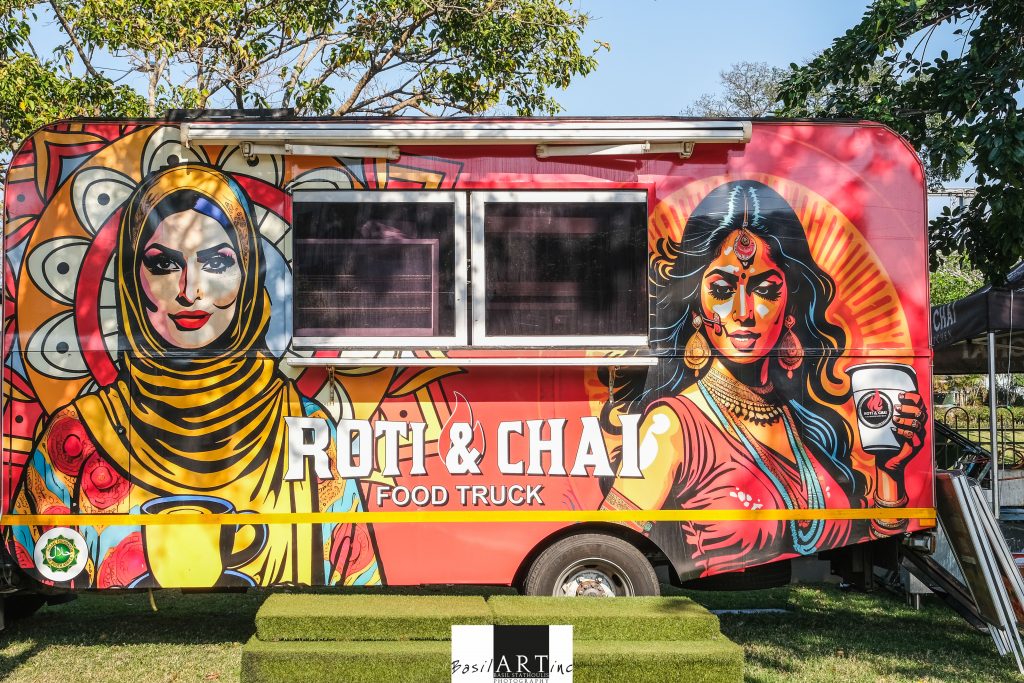L’Atelier Paris Concours d’Elegance Durban
Sunday 7 September 2025
L’Atelier Paris Concours d’Elegance Durban will once again bring together a gathering of vintage and classic vehicles, as well as distinct lifestyle brands, connecting people with a passion for great cars, great food, and a relaxed atmosphere.






The 2025 Winners
Class Winners:
Pre 1930s Class
1930 Ford Model A belonging to Mr Alex Peart
Pre 1960s Class
1957 Chevrolet Bel Air belonging to Mr Nico Van Rooyen of VRG Group
Pre 1970s Class
1968 Ford Mustang belonging to Mr Ravi Chetty
Pre 1980s Class
1974 Peugoet 504 belonging to Thergs Moodley
Pre 1990s Class
2003 Chevrolet Covertte belonging to Gary Cherry
Under 30s Class
1997 BMW Z3 Roadster belonging to Keith Lawrence
Peoples Choice
1955 Jaguar XK140 belonging to Hans Coertsie
BEST OF SHOW:
1st Position:
1968 Ford Mustang belonging to Ravi Chetty
2nd Position:
1974 Dino belonging to Vijay Maharaj
3rd Position:
1974 Peugeot 504 belonging to Thergs Moodley



The event
This year marks the fourth annual Durban Concours d’Elegance, and organiser John Aritho aspires to make it a world-class event.
Aritho expanded on the success of last year’s event: “Last year in 2024, I believe the dream I had of creating an event worthy of showcasing Durban to the world-at-large came to fruition, as we had entrants from both Johannesburg and the Free State to complement the huge enthusiasm for classic cars that exists in the KwaZulu-Natal area.”




Our Story

The Annual L’Atelier Paris Concours d’Elegance Durban is a passion project of John Aritho, a classic car restorer and collector, which was started in 2017 in Durban, South Africa. The shows in 2018, 2019 and 2024 brought together a gathering of vintage and classic vehicles, as well as distinct lifestyle brands, connecting people with a passion for great cars, great food, and a relaxed atmosphere.
John’s love for classic cars dates back many decades, as he collected classic cars and bikes in Dubai, Kenya, and South Africa. Coming from a hospitality background, it was a natural progression to blend the classic car experience with a touch of elegance, incorporating a lifestyle aspect that includes fashion, great food, beverages, and the arts.
The L’Atelier Paris Concours d’Elegance is an event held around the world in over 60 cities such as London, Paris, San Francisco, Delhi, Dubai, and Detroit.
Sponsors














We’re proud to announce Project Rhino as the official social responsibility partner for L’Atelier Paris Concours d’Elegance Durban 2025 – joining forces to protect our wildlife for future gnerations.

Protecting Rhinos. Preserving Our Wildlife.
Project Rhino brings together 36 passionate, like-minded organisations united by one mission: to protect and secure KwaZulu-Natal’s white and black rhino populations for generations to come.
We know that saving the rhino is about more than just one species – it’s a powerful symbol of the fight to protect all wildlife. Every step we take to stop poaching helps safeguard the rich biodiversity that makes our region so unique.
Rhino poaching is part of a much bigger environmental crisis affecting South Africa and its neighbours, and we tackle it head-on with a holistic approach. Under the Project Rhino umbrella, you’ll find a range of vital initiatives – from on-the-ground anti-poaching efforts to community education and awareness programmes.
Each project is an essential “tool” in our conservation toolbox, and together they form a united front in the fight against wildlife crime.
Because when we save the rhino, we protect so much more than just a species – we protect the future of our natural world.
Get in Touch
Connect with Concours
We’d love to hear from you — whether you have a question, want to showcase your vehicle, or are interested in partnering with Concours d’Elegance Durban, simply get in touch here:

